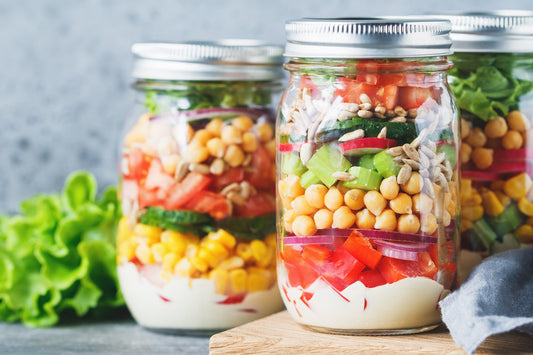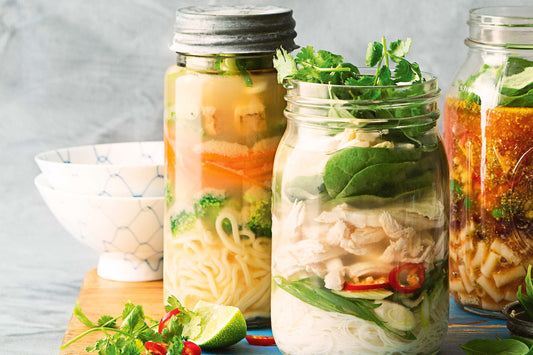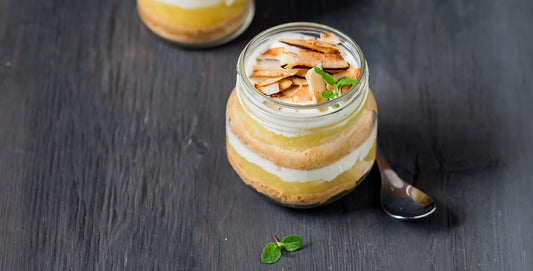When it comes to culinary and cooking activities, the type of paper you use can significantly impact the outcome of your dishes. Butcher paper vs parchment paper are two popular choices, each with its own set of characteristics and applications. Understanding the differences, uses, and appropriate applications of each can help you make informed decisions in your kitchen. In this post, we’ll provide a comprehensive comparison between butcher paper and parchment paper.
Butcher Paper Overview
What Is Butcher Paper Made Of?
Butcher paper is a versatile type of kraft paper that is widely used in the culinary world, particularly for wrapping and storing meats at butcher shops or delis. Its durability and resistance to moisture make it a popular choice in many kitchens.

Types Of Butcher Paper
There are several types of butcher paper, each with specific characteristics that make them suitable for different applications:
- Peach Butcher Paper: This type of butcher paper is treated with a sizing agent to make it more moisture-resistant and is often used for smoking meats, such as brisket.
- White Butcher Paper: Commonly used for wrapping and storing meats, this paper is similar to peach paper but without the peach hue.
- Pink Butcher Paper: Also known as "peach paper" due to its color, this paper is popular in barbecue settings for wrapping meats during the smoking process.
Common Uses For Butcher Paper
- Wrapping Meats: Ideal for wrapping fresh meats to keep them moist and fresh.
- Food Presentation: Often used in delis and butcher shops for presenting meats attractively.
- Food Storage: Suitable for storing meats in the refrigerator or freezer.
Parchment Paper Overview
What Is Parchment Paper?
Parchment paper is made from cellulose fibers that are treated with sulfuric acid or zinc chloride to create a non-stick, heat-resistant surface. This treatment process gives parchment paper its distinctive properties, making it an invaluable tool in the kitchen.

Types of Parchment Paper
There are two main types of parchment paper, each with its own set of characteristics:
- Bleached Parchment Paper: White in color, this type of parchment paper is treated with chemicals to achieve its bright appearance. It is widely available and commonly used in baking.
- Unbleached Parchment Paper: Brown in color, this type is less processed and is often preferred by those seeking a more natural option.
Common Uses For Parchment Paper
- Baking: Used to line baking sheets and cake pans to prevent sticking and ensure even baking.
- Roasting: Helps prevent food from sticking to roasting pans and makes cleanup easier.
- Cooking 'en papillote': A method of cooking food in a parchment paper pouch to retain moisture and enhance flavors.
Butcher Paper Vs Parchment Paper: What’s the Difference?
Understanding the differences between butcher paper and parchment paper can help you choose the right one for your needs. Here is a detailed comparison:
|
Feature |
Butcher Paper |
Parchment Paper |
|
Material |
Kraft paper treated with sizing agents |
Cellulose paper coated with silicone |
|
Color |
Brown or white |
White (bleached) or brown (unbleached) |
|
Thickness |
Generally thicker and more durable |
Thinner |
|
Heat Resistance |
Moderate |
High (up to 450°F/232°C) |
|
Moisture Resistance |
High |
High |
|
Non-stick |
No |
Yes |
|
Breathability |
Yes |
No |
|
Common Uses |
Wrapping meats, smoking, table covers |
Baking, roasting, food wrapping |
|
Availability |
Grocery stores, butcher shops |
Grocery stores, specialty shops |

Guide to Choosing The Right Paper
When deciding between butcher paper and parchment paper, consider the following:
- For Baking and Roasting: Parchment paper is your best bet due to its non-stick and heat-resistant properties.
- For Smoking Meats: Use peach-treated butcher paper, which is designed to withstand the prolonged cooking process while allowing smoke to penetrate.
- For Wrapping and Storing Meats: Butcher paper is ideal because it is durable and moisture-resistant.
- For Art and Craft Projects: Butcher paper can be a great, cost-effective option.
Butcher Paper And Parchment Paper Frequently Asked Questions
Can Parchment Paper Substitute For Butcher Paper?
In some cases, yes. Parchment paper can be used for wrapping meats temporarily, but it is not as durable as butcher paper for long-term storage or smoking.
Can Butcher Paper Be Used As Parchment Paper?
No, butcher paper lacks the non-stick and high heat-resistant properties of parchment paper, making it unsuitable for baking.
Can Butcher Paper Go On The Grill?
Yes, particularly peach-treated butcher paper is commonly used for grilling and smoking meats like brisket.
Can Butcher Paper Go In The Oven?
Yes, but only for specific applications like wrapping meats for slow cooking. It is not suitable for baking due to its lack of non-stick properties.
Can I Wrap A Brisket In Parchment Paper?
Yes, but butcher paper (especially peach-treated) is preferred for its breathability, which helps achieve the desired bark on smoked meats.
What Is Butcher Paper Called In The UK?
In the UK, butcher paper is often referred to as "greaseproof paper" or simply "butcher's paper."
What Paper Is The Same As Butcher Paper?
Freezer paper is similar but has a plastic coating on one side, making it more suitable for freezing rather than cooking.
Conclusion
Choosing between butcher paper vs parchment paper depends on your specific needs. Parchment paper excels in baking and non-stick applications, while butcher paper is the go-to for meat wrapping and smoking. Understanding the unique properties and appropriate uses of each type of paper will help you achieve the best results in your culinary endeavors.









